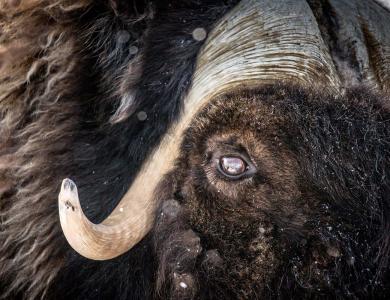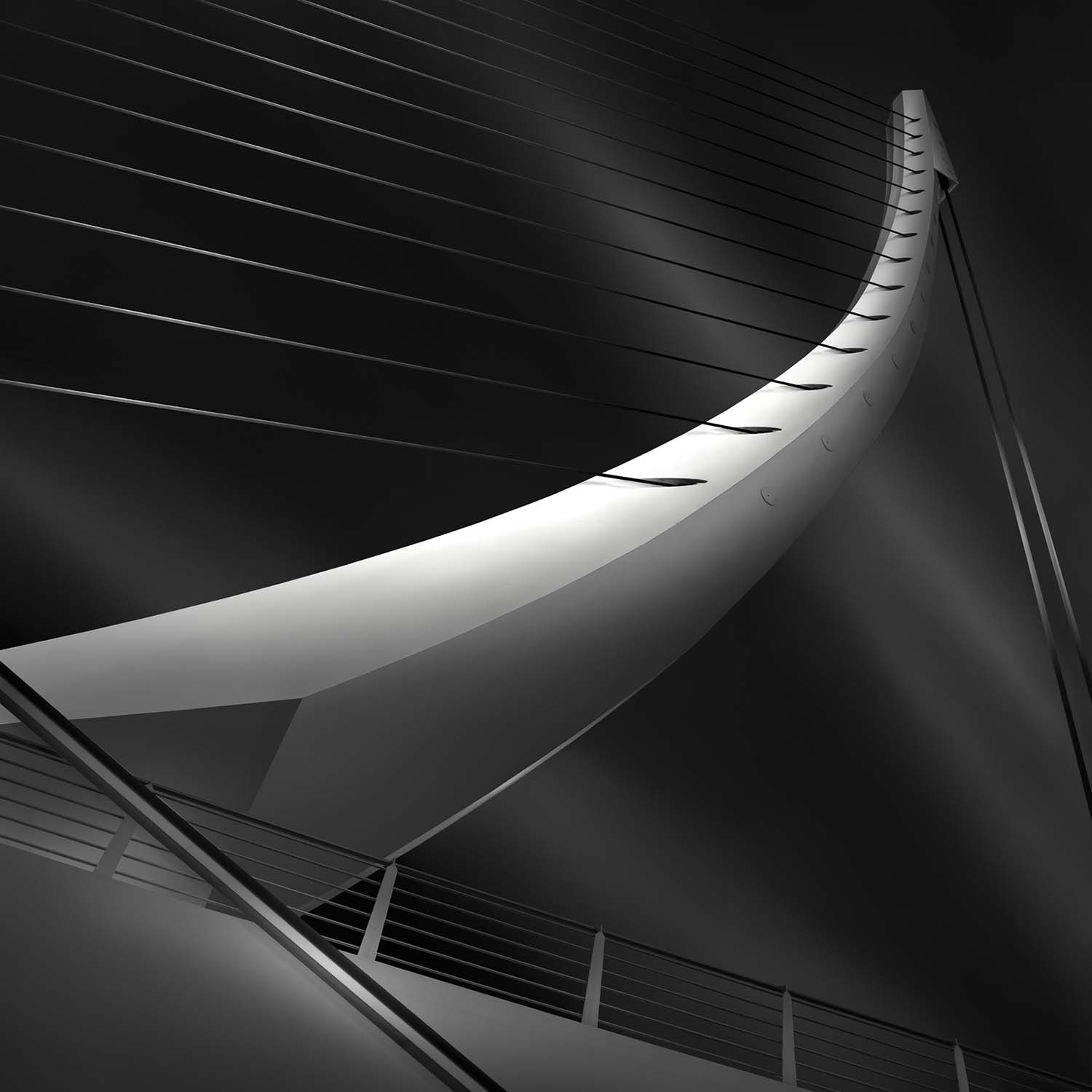
An accomplished architect, internationally acclaimed photographer, author and highly sought-after educator, teaching workshops and lecturing around the world, Julia Anna Gospodarou was passionate about art from a young age, striving to express herself artistically through a variety of mediums: architecture, drawing, and photography.
IPA International Photography Awards Professional Architecture Photographer of the Year, Sony World Photography Awards & Hasselblad Masters Finalist, winner of more than 80 prestigious international awards and distinctions, Julia is considered a leader of the New Wave of 21st Century Black and White Fine Art Photography.
Author of the best-selling book "From Basics to Fine Art – Black and White Photography", considered by many critics one of the best books on black and white photography of the past decades, Julia says her aim is "to push the boundaries and to innovate with my work, to create a new aesthetic in photography, while remaining faithful to the classical principles of harmony and craftsmanship in art."
Her series, 'Like A Harp's Strings', was shortlisted in the Professional competition of the 2013 Sony World Photography Awards.
Hi Julia. Firstly, please introduce yourself and your photography
I want to thank you for the invitation and to say how much I admire the work the Sony World Photography Awards is doing in promoting photography and photographers. It is admirable and in my opinion vital for the photography community.
I am a black and white photographer who is in love with art and this is why what I aim is to bring these two mediums together in my work and in how I experience it. I am an architect by formation and conviction and I think this can be seen in my work, since a large part of the body of work I have created so far has to do with architecture. I am also passionate about sharing my knowledge and I am very active in the field of photography education, teaching workshops and lecturing around the world on themes related to fine art, black and white, or architecture photography. I also love to write about photography, about artistic vision and how to make your vision reality in your work, and I am presenting extensively my ideas on this theme in my book "From Basics to Fine Art – Black and White Photography" which has become very well known in the fields of black and white fine art photography and, I'm happy to say, very well appreciated. I live and breathe photography every day and I don't see a world where I would stay away from it.

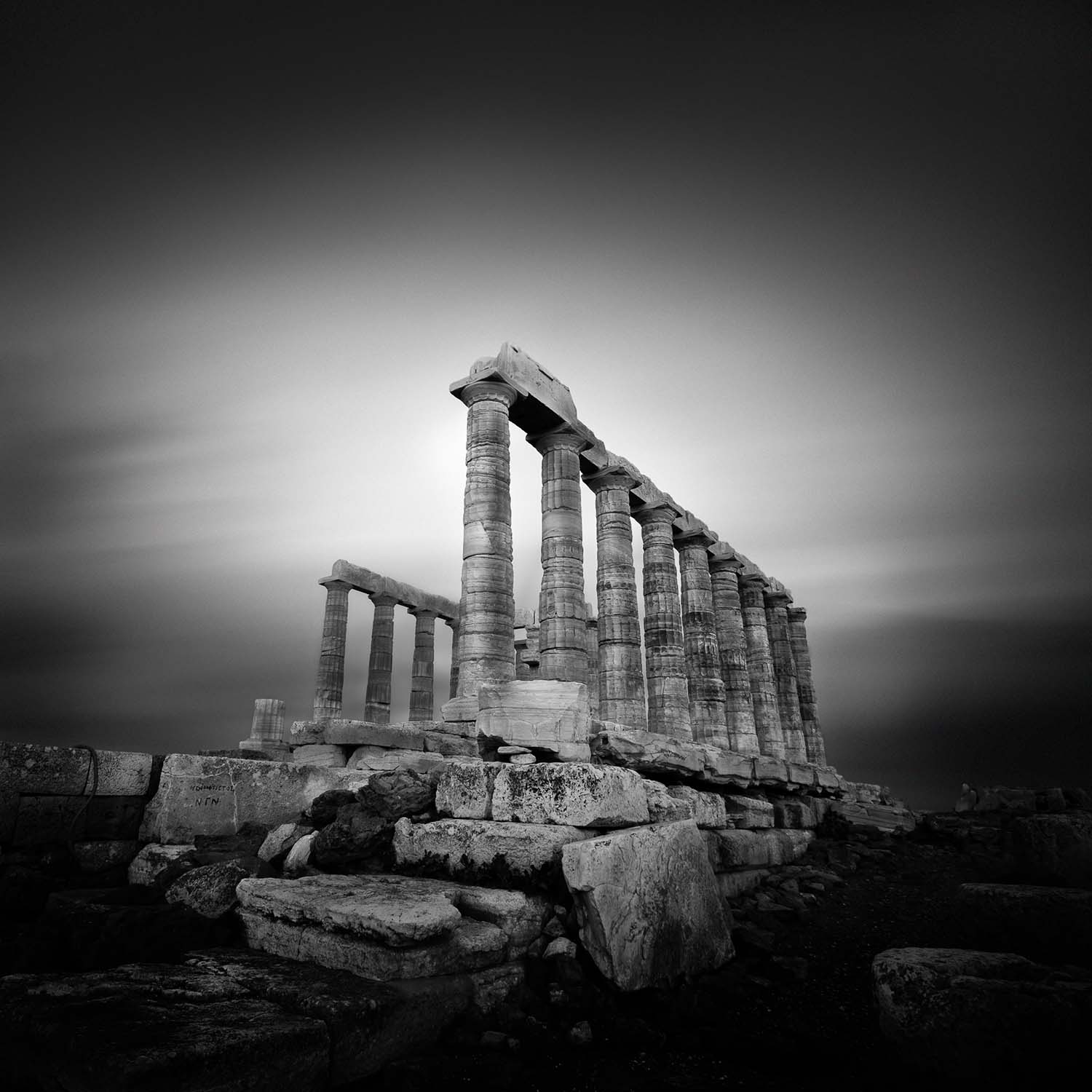
Why photography? When and how did you first discover the medium?
My first experience with photography was as a model for my father's black and white photographs when I was just a kid and from then already I was fascinated by that strange box through which he was looking at the world, his camera. Then I was fascinated by the way the photographs were coming to life in the darkroom and have already experimented with it at the age of four or five, of course without my father knowing it, when I had discovered where he was keeping his enlarger and photo paper. I had no idea how to work with that alien thing but I remember I was fascinated anyway trying to replicate what he was doing.
Time went by and when I was a teenager I started to develop an interest in photography myself. I first used photography to document things and places, but then, at some point, I realized that photography can be an amazing tool to express yourself artistically, a tool that can be no less than what a brush can be for a painter or a chisel for a sculptor. That was the moment of revelation when my photography and my own self were reborn like in a new body that could experience the world in a completely new way.
Even if I have started photography with film, working with digital photography was the liberation for me and my imagination, because it gave me the tools I needed to push reality into the realm of dreams and imagination. Even if I am still working with film sometimes, these days I'm mostly working in medium format digital, which gives me the most freedom of creation, both as for capturing, as well as for editing images.
What I'm trying to do is to push photography to new territories with my work and express in digital photography things that one wasn't able to express in traditional photography. This is why I am calling my work and this way of approaching photography Visionography, a photography-based more on vision and on the inner artistic self of the artist than on the object that is photographed. Seeing photography like this gives me the freedom I need to not necessarily obey the rules of traditional photography, but be able to reinvent them and create my own rules. I like to think photography can be a vehicle for attaining total artistic freedom and I am on a path to exploring just that.
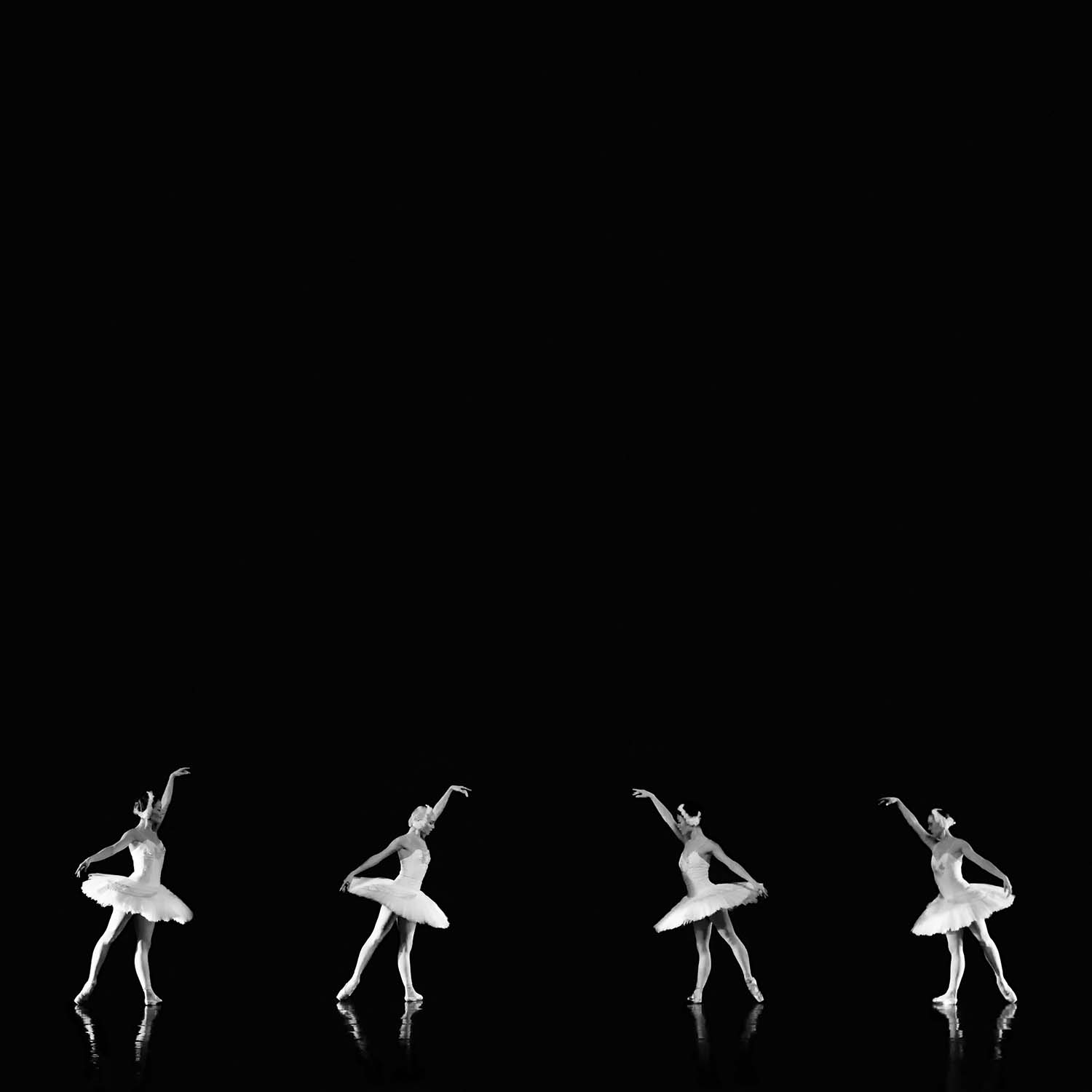
Remind us of your successful series, 'Like A Harp's Strings'. Tell us more about your approach to this project
'Like a Harp's Strings' was one of my most beloved projects. I was happy for it to be shortlisted as one of the 10 finalists in the Professional Architecture Category in 2013 and I consider this one of my most precious distinctions, considering the level of this competition and its prestige. I have won many other awards for my photography over time, but this distinction is among those I'm most proud of.
This series was a metaphor I wanted to create starting from a fascinating structure designed by Santiago Calatrava in Athens, a pedestrian bridge that reminds of a harp, thus the name of the series. I'm very happy that the series was an inspiration for many other photographers to approach architecture in this way, both as for shooting and the processing style, and the reactions I received related to this series was outstanding over time. Working on this series was for me was an exciting experience of combining architecture with photography and creating a story based on this interaction.
I'm trying to create a story with every photograph I'm making. Not necessarily a story about what I see in front of me but a story that combines the object I see in front of me with my own emotions and my own story. Even when I work with architecture, I see my subjects as living beings, with feelings of their own and this way I can give them roles in the images I'm making as if they were actors in a play. The play is life itself and there are many stories that I'm taking out of real life and put into my images. This is one of the reasons I like to work with series, like in the case of 'Like a Harp's Strings', because this gives me the freedom of following an idea in more than one images, creating a sequence, like the acts in a theater play.
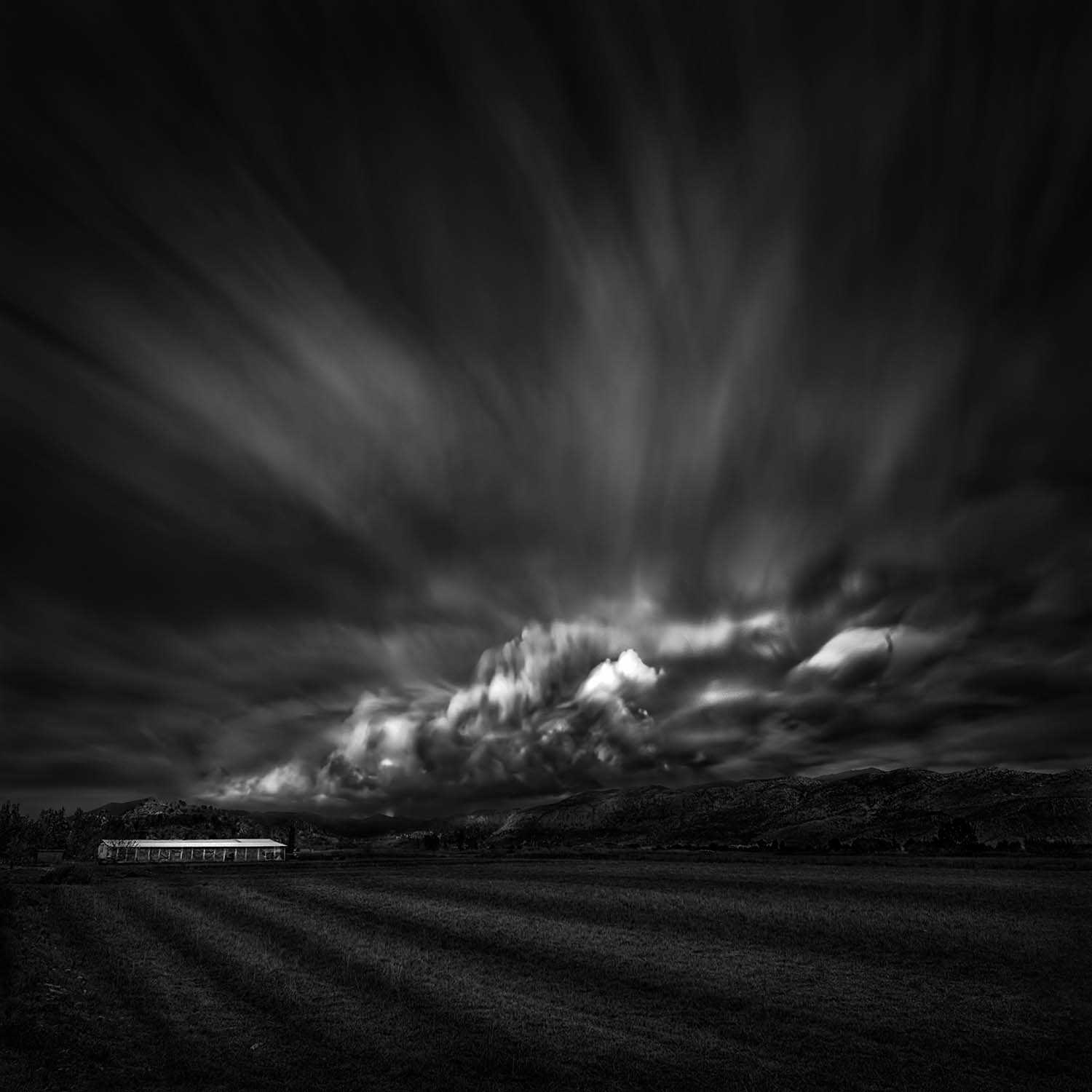
What top tips would you give to those interested in creating fine art black and white photography?
Contrary to the usual advice, I would not start with concentrating on the subject when creating black and white fine art photography, or fine art photography in general. I think fine art photography, just like art, starts in the inner world of the artist and then it spills out of his mind, body, and soul, into the real world, embracing the subject he is shooting and giving it new life. It is as if the life of the artist enters the life of the subject for them to become one and reinvent the world. This might seem abstract when talking about it, but there is a moment and a state when the photographer can become one with his subject in a symbolic way and I think this is where the photography that has the power to move starts. It is mostly about finding the way you can let yourself free as a photographer to interact in this way with the subjects you are photographing and be open to this experience. When this happens everything comes natural and the good thing is that, the more you do this, the more you know how to communicate better and how to express yourself more freely in photography.
Besides this connection, black and white fine art photography relies very much on good composition, but not necessarily in the sense of following the rules, but in finding compositions that are strong enough to penetrate the indifference of the viewer so he becomes receptive to the story you are telling in the image.
And of course, either you work with film or with digital photography, the work with light is vital in black and white fine art photography, as it can completely transform an image and make it say whatever you intend to say. I have developed a method of working with light in black and white photography that consists in how light interacts with the subjects in front of the camera and how to use post-processing to best represent this interaction and to mold the light so it creates a powerful image. I'm calling this method Photography Drawing, as a reference to how we interpret light in classical drawing, which I have done quite extensively in the past, and what I aim is to apply these principles in black and white photography, both in conceiving the image and in editing it in post-processing. I am presenting this method in my book and also teach it in my workshops and it has helped many photographers find a personal powerful way of expression.
I have written many articles and tutorials related to black and white fine art photography, both from the point of view of conceiving it and also of processing this kind of photography. They can be found on my website and they could give a much better idea to those interested than what I can do right now.
In essence I think good black and white fine art photography is about combining inspiration with knowledge and knowing how to balance the two, so you give yourself enough artistic freedom to express in an authentic way and at the same time the result in the photograph has a high level of craftsmanship that makes it deserve the qualification "fine".
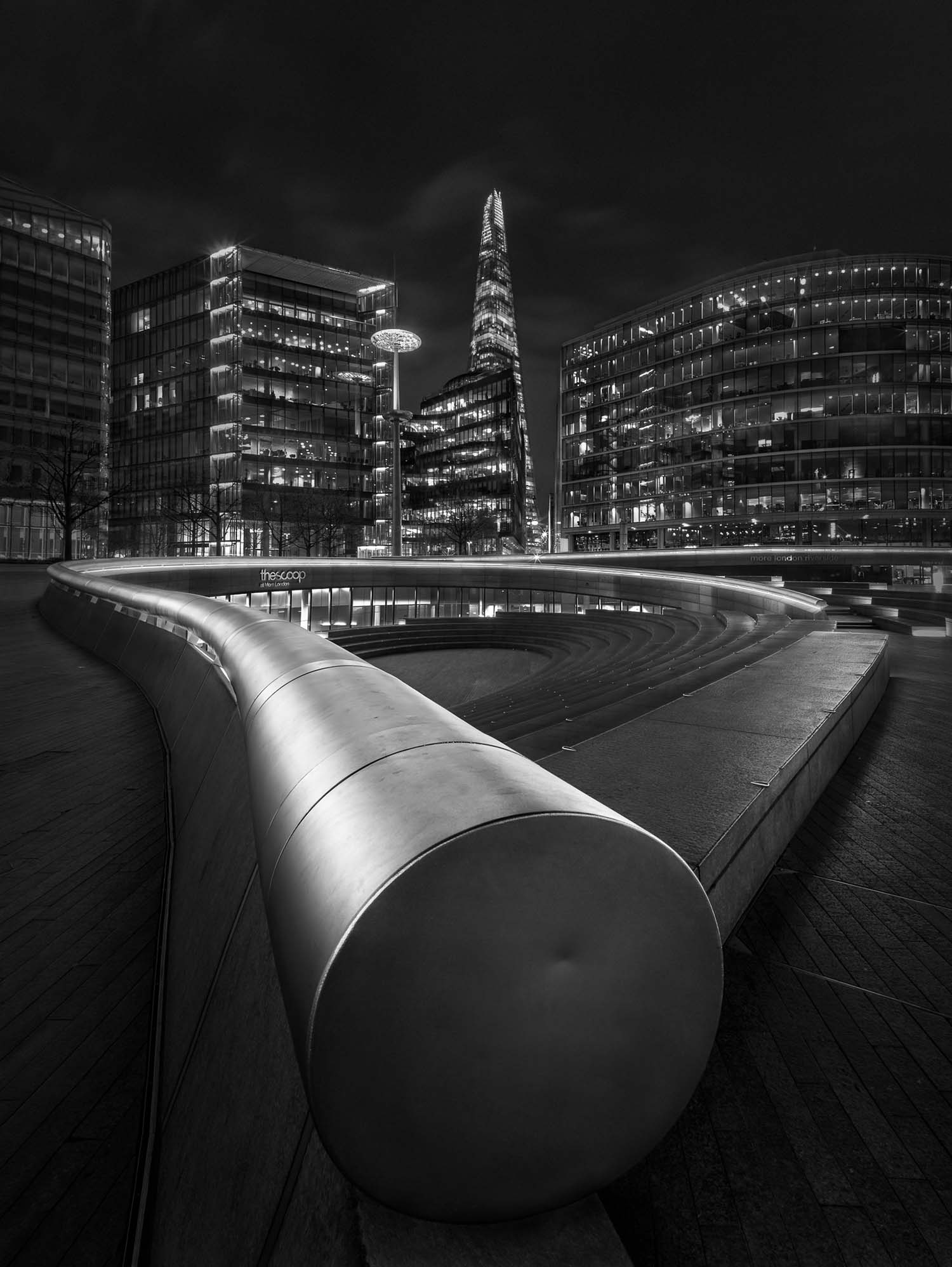
What has been your most memorable shoot or location?
I am trying to make every photo shoot memorable by experiencing the locations I am shooting in the most intense way and I can say that there are moments when shooting a location when I feel that everything lines up perfectly at that moment and I wouldn't change anything about it. It is that moment when you are fully present and fully communicating with the subject you are shooting and when you live such an intense experience that it always stays memorable.
One of the shoots that stays with me, for this reason, is a night shoot I did of Manhattan skyline when I was completely alone in a space that normally by day would be full of people, and the experience was so outstanding that I told myself that I don’t need to shoot from that place again during the day, because by night it becomes exactly what I’m looking for.
I think a shoot becomes memorable when there is enough of the element of surprise in it and when, even if you plan your shoot and know what you are going to experience in principle, living that in real life exceeds all your expectations. I was fortunate to live this quite a few times and this is one of the reasons why I am doing photography. It can bring you in very unexpected and unique situations that you couldn't experience if you didn’t have a camera in your hand.
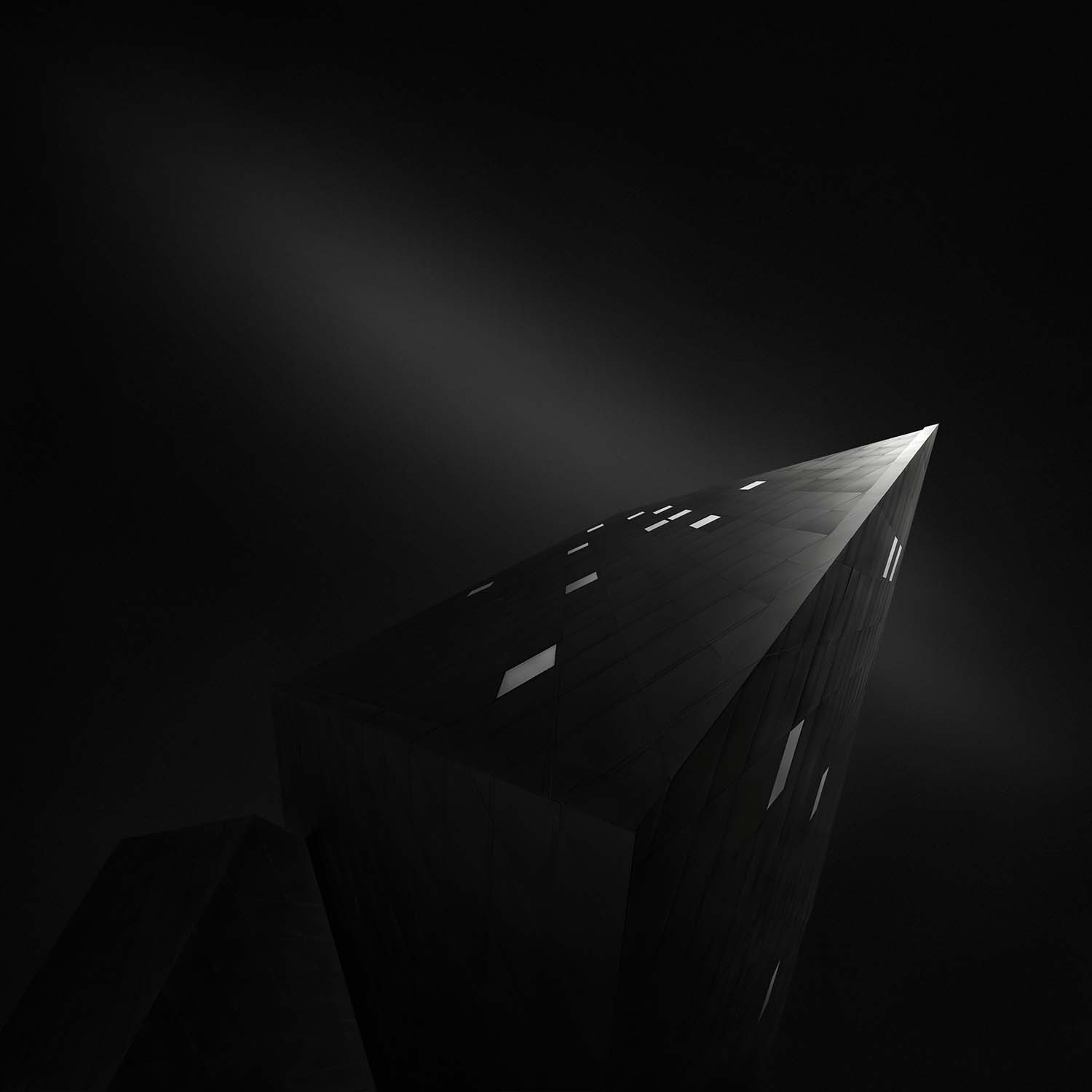
Where in the world are you and what's next for you?
I am based in Athens Greece but I travel all over the world for my photography, shooting assignments or teaching workshops and lecturing. I literally consider the world my home, and photography brings me closer to many places in the world that I may not be able to explore so thoroughly if I wasn’t doing photography.
During the next few months, I will be traveling around the US and Europe. I will be in New York, San Francisco, Los Angeles, France, Germany and the Netherlands, working on photography projects, teaching black and white fine art photography and architecture photography workshops and exhibiting my work. My schedule is always very busy and always exciting because I love what I do in every way and I am fortunate enough to be doing what I love for a living. I have many more other projects in the works and the only thing I wish is for the day to have 48 hours so I can do all the things I plan to do.
juliaannagospodarou.com
worldphoto.org/swpa


